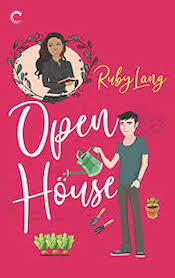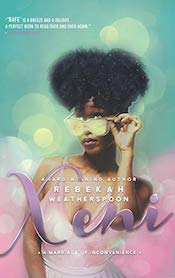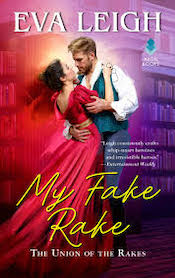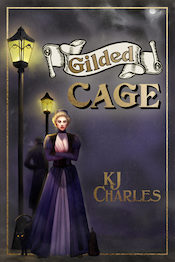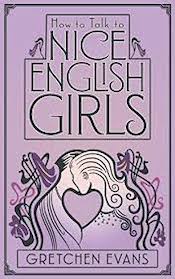Kissing Books: On the twelfth month of romance
Olivia is taking a much deserved break, after a banner year. But a month without her biting, incisive, and passionate (both with a 'com' in front of it and without) is too long! We've assembled a year of her columns here, to hold you over until she's back, in January.
December 2018: Something out of the ordinary
Holidays are points on the timeline where the ordinary world cracks open a little and something numinous filters through. In the Catholic calendar I was raised with the weeks leading up to Christmas are called Advent, which (like Lent in the spring) is officially, theologically different from the long stretch of green-robed months labeled Ordinary Time. Holidays were by definition extraordinary times.
Some holidays we fixate on more than others, as a culture. Some of those timeline cracks we take a narrative crowbar to, prying the opening wide to get more of the magic out. Christmas, for example, is always being worked at, even in tales that never breathe the name Jesus. There’s a kind of secular magic that turns up, though centering it on a Christian holiday still puts a great deal of pressure on people of other faiths. I think it’s telling that we classify Christmas stories as general fiction, even though they often feature clearly speculative elements. Mortals encounter ghosts or angels or spirits; magical objects change the course of a character’s life; supernatural agents work secretly for the betterment of all. A Christmas Carol is a time-travel book and a ghost story, though people look at you funny if you recommend it as such.
This year, heading into the darkest months, it feels like we need that magic more than usual. We need the oil to last longer than it‘s supposed to; we need ghosts to take gloomy mercy on our errors; we need a kindly supernatural hand to guide us toward a better, happier future. Maybe it’s that vast yearning that cracks open the world in the first place — you can’t make changes without first desiring change. And stories are how we come to understand what we want to be different. So many of those magical stories always seem to come back to very real, very human goodness: generosity, kindness, charity, hope, and love. It has to be more than coincidence....
plus reviews of:
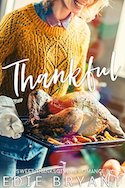

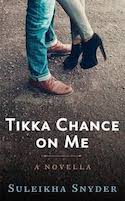


Read the full column »
January 2019: The can't both win, but we can
It is a consummate romance plot move to pit the two main characters against one another.
If the heroine runs a small vintage hotel, the hero will certainly be the manager for the new corporate chain trying to put her out of business. If one heroine is a chaos goddess, the other is a paladin whose job is to banish chaos deities back to the astral plane (see below!). In my head I call this trope They Can’t Both Win and it is fantastic narrative glue: it connects our two leads long enough for the romance to begin to blossom, then puts the happy ending in suspense once they’ve fallen for one another.
They Can’t Both Win presents a zero-sum game, but it’s a rare story that lets one character completely triumph over the other. ( You’ve Got Mail being a notorious example.) More often, what ends up happening is that one or both characters realize that there’s a third way to move forward: an idea sparks that lets them work together toward a shared goal, or they realize that their beliefs have been flawed and correcting them opens up new possibilities. Someone realizes there’s something more important at stake—hearts or home or happiness—and the plot goes from a cutthroat competition to something more creative and ultimately much more fulfilling....
plus reviews of:
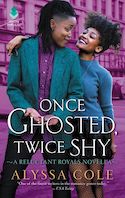



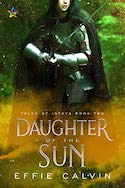

Read the full column »
February 2019: Whiteness, amnesia, and the uses of historical accuracy
We talk a lot about historical accuracy in our commercial fiction. I would like to talk a little bit about accuracy in our history of commercial fiction.
Let me take you through a case study.
Back in that dimly remembered epoch known as The Year 2015, author Stephanie Dray made a racist joke while finishing a novel about Thomas Jefferson’s eldest daughter. Screenshots were passed around; many people spoke up about how harmful this was; Dray and her co-author Laura Kamoie (who also writes as Laura Kaye) apologized , saying their book about a wealthy white woman was really meant to illuminate the evils of slavery, and kept their heads down long enough for the conversation to move on....
plus reviews of:
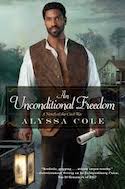
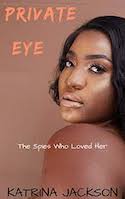
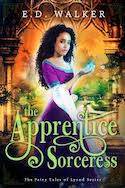
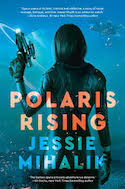
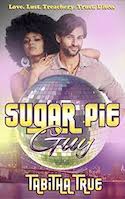
Read the full column »
March 2019: The case of the secret trope
“She wasn’t the kind of woman who…”
And just like that, my shoulders are up around my ears.
They tell you romance is easy to write because the ending is a given, when in fact the opposite is closer to the truth: romance is difficult to write well because every reader’s standards for being persuaded to believe in the happy ending are unique and painfully particular. I’m not just talking about the big tropes: your marriages of convenience, your enemies to lovers, your small town prodigals come home to make good....
plus reviews of:
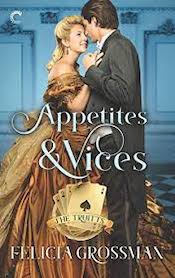
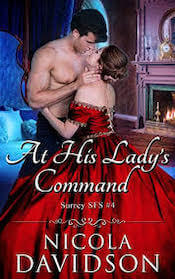
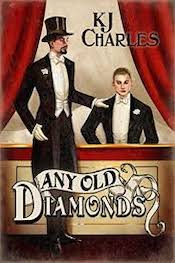
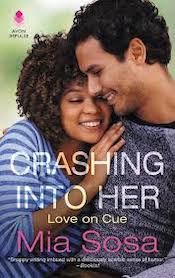
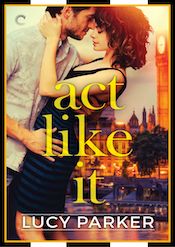
Read the full column »
April 2019: The problem with cruel
April is the cruelest month, according to one of our crueler poets — so what better time to talk about cruelty in romance?
Cruelty, as a character trait or behavior, is largely the province of male main characters, especially in m/f romances. Heroes get to curl lips, issue scornful declarations, hold themselves aloof from the suffering of lesser beings; heroes have eyes like ice chips, and dungeons full of whips and shackles, and inflict punishing kisses upon their love interests.
Heroes can never really be too cruel: so long as you offer a compelling enough backstory (some woman betrayed him, his family abused him, his government ordered him to murder and torture) you can excuse almost any kind of cold-heartedness....
plus reviews of:
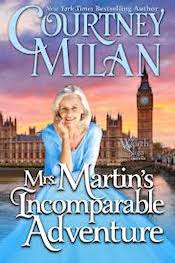
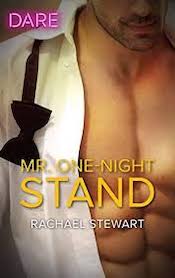
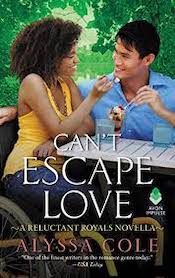
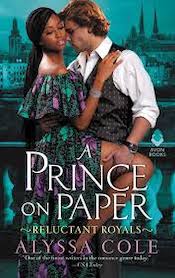
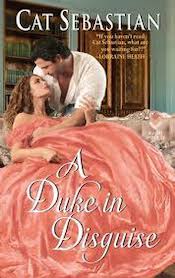
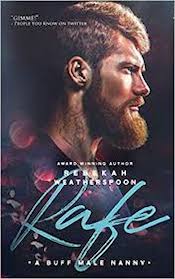
Read the full column »
May 2019: The placeholder heroine is...
1992’s landmark volume of romance criticism, Dangerous Men and Adventurous Women , has had a difficult afterlife. One particular specter from romance author Laura Kinsale’s essay haunts the genre like the ghost of a first wife contemplating arson in the attic.
I speak of: the placeholder heroine. I loathe it — both the term and the theory — and I’m going to tell you why.
Kinsale’s original essay uses the term placeholder heroine to mean the reader allows the plot to carry her through the book, enjoyably, even if she knows she would make different choices than the heroine in the story. It’s anti-identification. But the phrase has taken root in the readership as a way of describing a heroine who is so bland and invisibilized that she allows the reader to almost literally take her place as the emotional focus of the story. Bella Swan of the Twilight series, for instance, gets pulled into this discussion a lot, poor girl. Cinderella, too, is assumed to be an empty vessel so the reader can bask in the relief of being rescued....
plus reviews of:
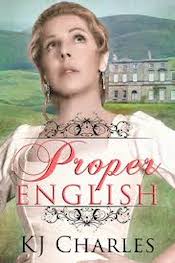


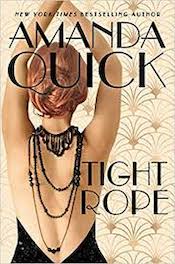
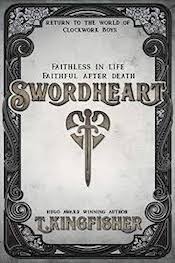
Read the full column »
June 2019: Characters exist to be thwarted
There’s a famous story they tell about Alfred Hitchcock, explaining the difference between surprise and suspense. Two characters sit at a table, chatting—when suddenly, the bomb beneath the table goes off!
That’s surprise.
Suspense is what you get when, first, the director shows you the anarchist planting the bomb beneath the table, then lets you bite your nails watching those same two people chatting in blithe ignorance of the threat, while the clock slowly ticks down explosion-ward....
plus reviews of:
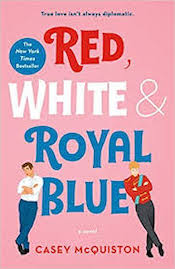
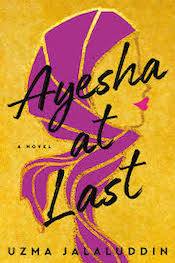
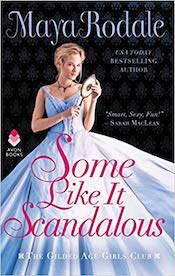
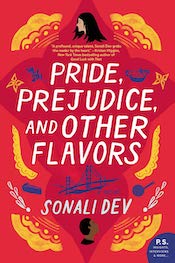
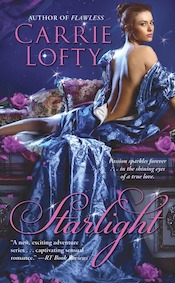
Read the full column »
July 2019: Summer murders
Now that we’ve reached the height of summer, the long string of brilliantly sunny days, of course I’m thinking about murder.
There are plenty of overlap subgenres in the spectrum between romance and mystery: the lush and atmospheric Gothics, adrenaline-fueled romantic suspense, long cozy mystery arcs with a pair of sleuths who slowly fall in love across several books (Lord Peter and Harriet, Phryne and Jack).
And the point where all these genres connect is: trust....
plus reviews of:
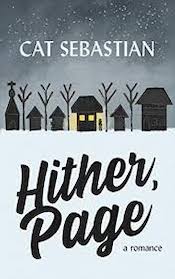
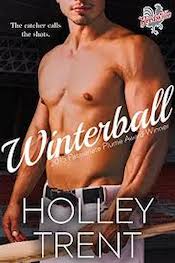
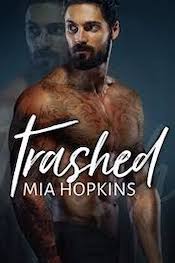
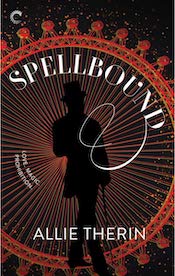

Read the full column »
August 2019: Assertive contact
In the sleek modern lobby of the HarperCollins offices in Manhattan is a Chandler & Price letterpress from 1905. The metal is dark and lustrous, the wood gleams; it’s that kind of historical artifact whose heavy presence seems appropriate to its significance. I like it because I love letterpress, which shows us that printed books are the result of applied geography.
To print text in a press, you need to bring paper, ink, and metal type into assertive contact. There’s a moment where those three elements occupy the same geographic space—when the metal forces ink into the fibers of linen or pulp—and that’s the moment that creates something new: a handbill, an illuminated poem, a part of a novel. It is so tempting to think of stories as nebulous mind-things, ethereal dream-pictures as fluid and untouchable as thought.
But thoughts escape us. Texts remain....
plus reviews of:
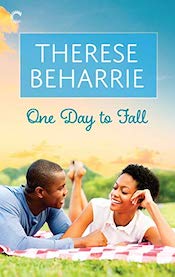
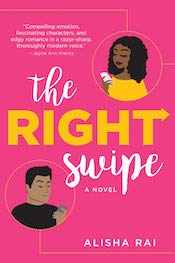
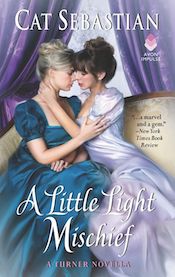
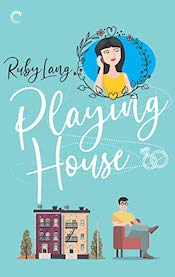
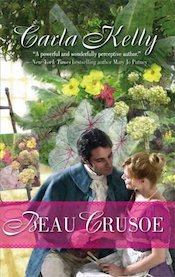
Read the full column »
September 2019: Opposites intract
Among romance readers, there is a strong belief that the main couple of a (non-poly) book must show balance.
This can mean the characters are parallel in some way: childhood sweethearts, second-chance romances, and friends-to-lovers tropes all start by establishing the characters as a pair. Two equivalent weights on the story-scales. A matched set, even before our couple have worked out the issues standing between them.
Other times, balance means means contrast. This is where a lot of your archetypes come in: the billionaire and the waif, the ray of sunshine and the grump, Beauty and the Beast, demigod paranormal hero and physically fragile mortal heroine with a reservoir of emotional resilience. Contrast is good because it generates conflict, and tension, and these are the engines that turn a mere series of events into a proper living story.
plus reviews of:

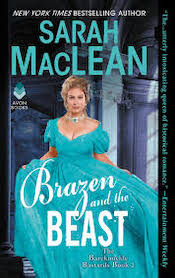

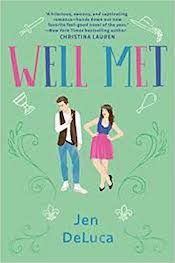

Read the full column »
October 2019: Monster mash
October is an ideal time to talk about monsters. Both the literal kind — Beauty and the Beast is one of the great narrative threads of the romance genre — and the more metaphorical kind. Romance has plenty of both. We have werewolves and bear-shifters and aliens and paranormal characters with terrifying abilities. And we have frighteningly powerful men: dukes and billionaires and SEALs and cops and warriors and spooky house owners who may have murdered their first wives (or just keep her imprisoned in the attic, pick your poison). Less commonly, but more interestingly, we have monstrous women: abusive mothers and unrelatable heroines, emotionally broken creature hunters and ice queens and traumatized women whose survival has turned them bitter or cold or suspicious.
It is impossible to add up every kind of monstrousness in romance and get a clean, unambiguous result about being a monster means. Every book that grapples with it reinvents the definition to some degree. You have to take it case by case: Are the monsters the heroes, or the villains, or is it a mix? (Paranormal worlds do a lot of the latter, as we’ll see in this month’s books). Watching who self-identifies as a monster can be instructive: plenty of villains do it, yes, but plenty of leads do it too only to be proven wrong and reclaim their humanity.
plus reviews of:
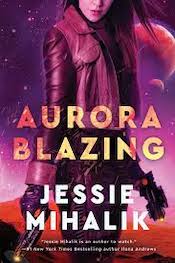
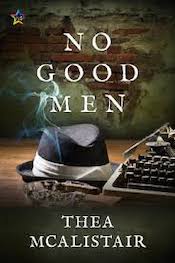
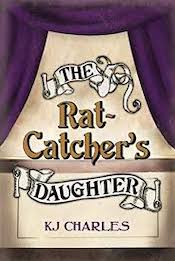
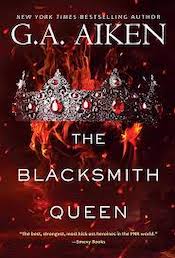
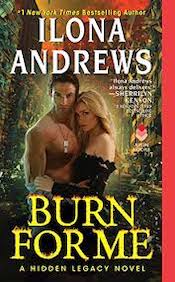
Read the full column »
November 2019: Le grande geste
Jane Austen’s most popular proto-romances are rather ambivalent when it comes to the grand gesture.
In Pride and Prejudice, Darcy of course tries to hide his generosity from the Bennet family: he swears Lydia to secrecy (as if that was ever going to work) and gets palpably awkward when Elizabeth dares to break silence and thank him for it.
In Persuasion , published posthumously, there is no final grand gesture at all — a single letter, secretly delivered, brings our characters into harmony with one another. An earlier version of the story saw Captain Wentworth being maneuvered into asking Anne Elliot about her assumed plans for matrimony — which has a little bit of the savor of the grand gesture’s public risk — but in the end Austen edited this out in favor of something much more intimate....
plus reviews of:
